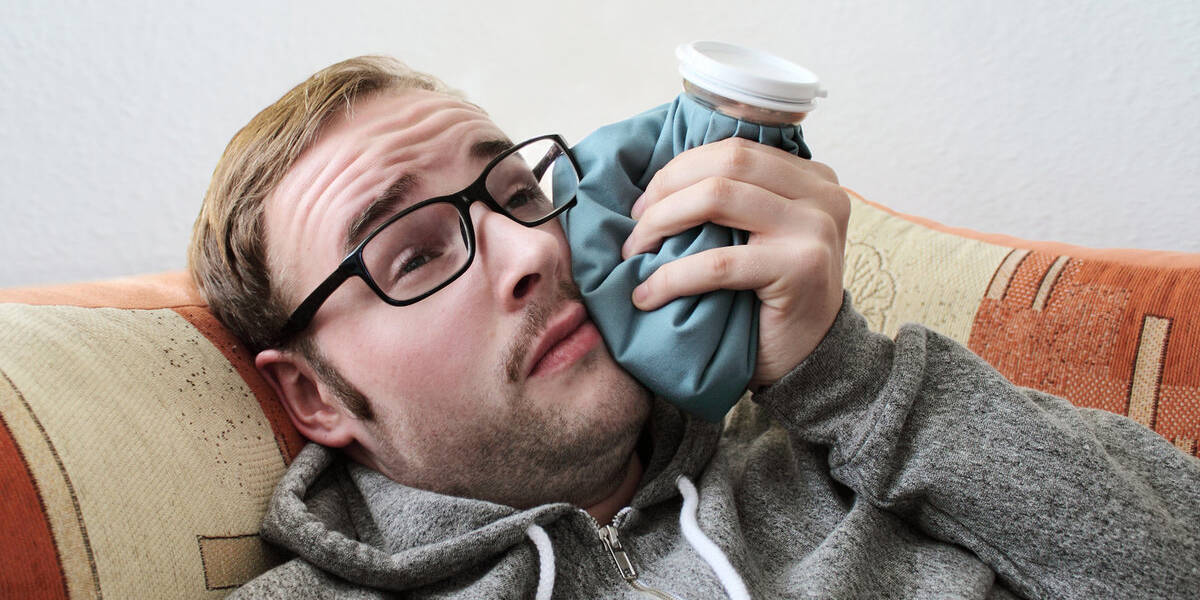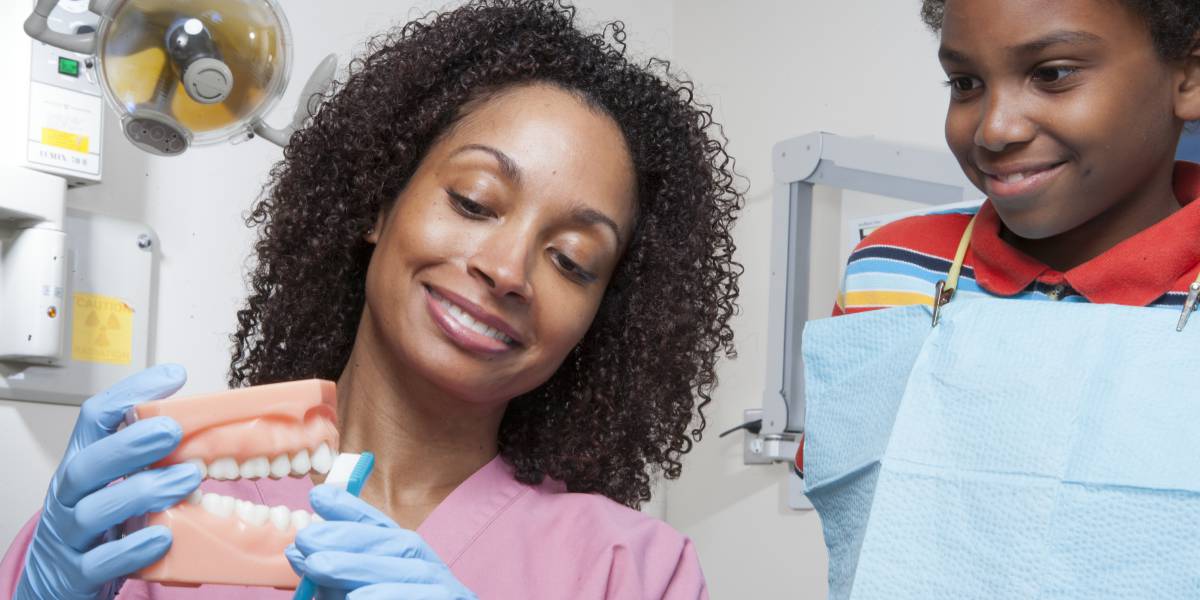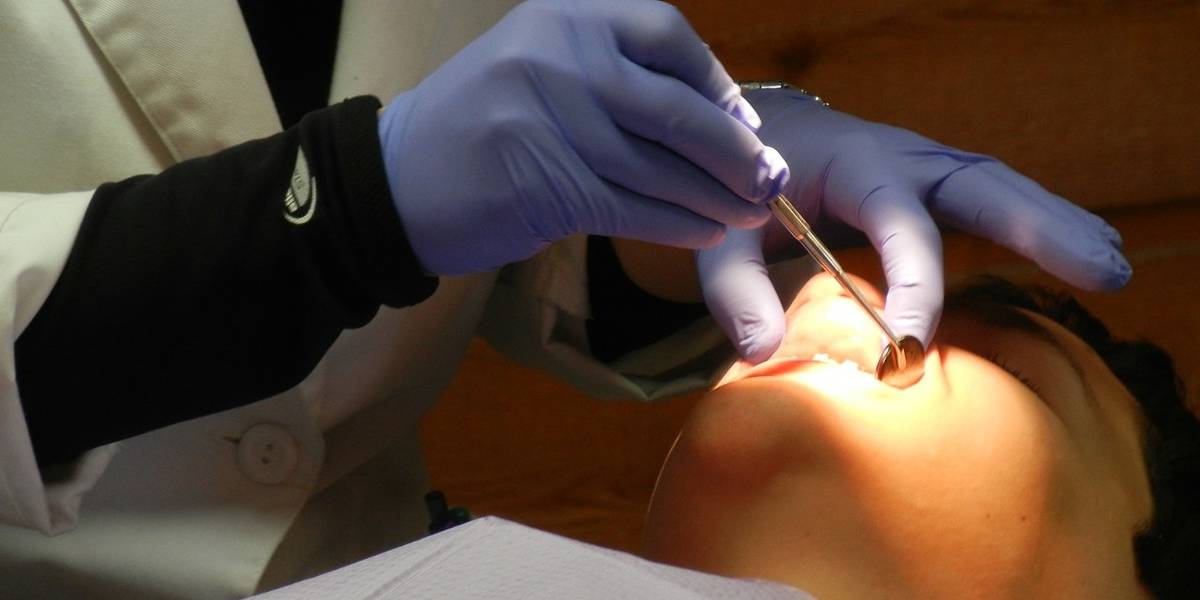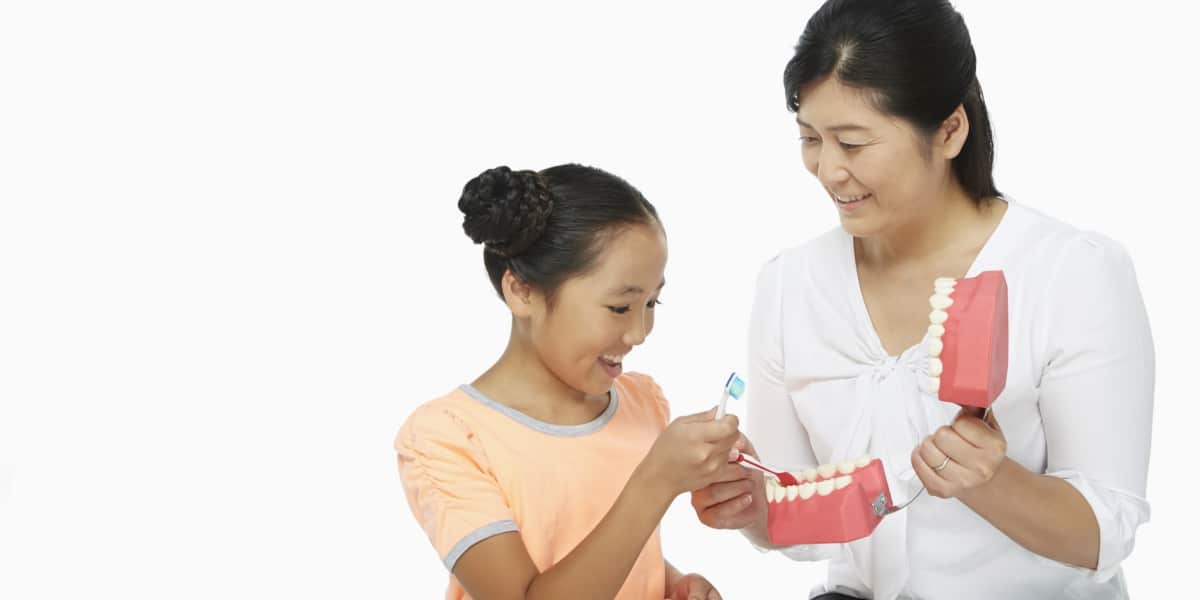
Dentists do not often suggest tooth removal unless it is the last resort to your dental issue. As much as possible, they would choose to save your real tooth to keep your smile beautiful and healthy. However, irreversible damages can happen to your teeth, especially if you don’t regularly visit your dentist. After the treatment, tooth extraction aftercare is vital in keeping the empty socket safe from infection.
One of the reasons why dentists need to remove your tooth is due to an impacted wisdom tooth. Molar extraction can be simple or complex depending on the position of the tooth. Since wisdom teeth are the last to erupt, most of the time they get stuck between the existing tooth and the gums. This awkward position easily accumulates bacteria and leads to tooth decay.
If untreated, tooth decay may spread the infection even below the roots. By this time, dentists can no longer repair the tooth and must remove it to prevent life-threatening risks.
After tooth extraction, your dentist will give you specific instructions on how to care for your mouth when you’re already at home. So, it’s important that you understand what happens if you don’t follow your dentist’s advise. Before going home though, be sure to ask your dentist questions regarding his instructions. You may also raise concerns that he wasn’t able to mention. This is to ensure that you would know what to do when you’re already in your house.
Tooth extraction aftercare
Within 24 hours after teeth surgery, follow this aftercare practice to speed up your tooth removal healing:
-
Take your medicine.
It’s normal to feel pain after the surgery. Especially when the anesthesia starts to wear off, you will notice a slight discomfort in the extraction area. Aside from discomfort, the open wound is also susceptible to tooth extraction infection. That’s why dentists will prescribe pain-reliever and antibiotics to help with your recovery.
-
Leave the gauze on.
After dental extraction, do not remove the gauze from the socket. You should leave it in place for a few hours to allow the blood clot to form. The clot will cover the wound and helps in speeding up the gum’s healing. If you dislodge the gauze before the clot forms, this might not manage the bleeding and will develop an infection.
-
Avoid strenuous activities.
Take ample rest and do not return to your normal routine after a wisdom teeth removal. If you normally do exercise, you may skip it for a few days. Also, keep yourself from lifting or carrying heavy objects. These activities will only increase your blood pressure and make the open site bleed.
-
No smoking.
Although smoke has no direct connection to your recovery, however, smoking creates the same pressure you do when using a straw. Similarly, spitting is also creating pressure. The pressure can easily dislodge the clot formation on the socket. Avoid doing these while your wound is still fresh or you will delay tooth extraction healing.
-
Do not rinse your mouth.
Within 24 hours after the treatment, do not rinse your mouth yet. You will delay blood clot formation or dislodge it. However, after 24 hours, you can rinse your mouth with a warm saltwater solution to prevent infection.
-
Eat only soft foods.
Gradually return to your diet and start eating soft foods for the meantime. Hard and crunchy foods like crackers or rice will only intensify the pain and may disrupt healing. You may take soup, pudding, and porridge and slowly go back to your normal diet after a few days.
-
Apply a cold compress.
You can also manage wisdom tooth extraction pain and swelling by applying cold compresses on your cheek. Take pieces of ice and cover a towel around it before pressing it on the affected area. If you have an ice pack ready, the better. Do this around 10-20 minutes until the swell or pain subsides.
-
Elevate your head when sleeping.
If you don’t usually do it, use two pillows when you sleep during this time. You should prop your head when lying down as lying flat will also slow down recovery.
Return to emergency if:
- There’s a fever.
- Persistent pain and worsening swell.
- Bleeding that persists even after medication.
- Foul taste.
- Oozing discharge, like pus or blood.
- Loose or shifting teeth.
- Numbness or tingling in the soft tissues.
- Difficulty in opening mouth.
The threat of infection after a tooth extraction is real and could get complex. Follow the instructions of your Markham dentist and seek him if there are signs of an emergency.






